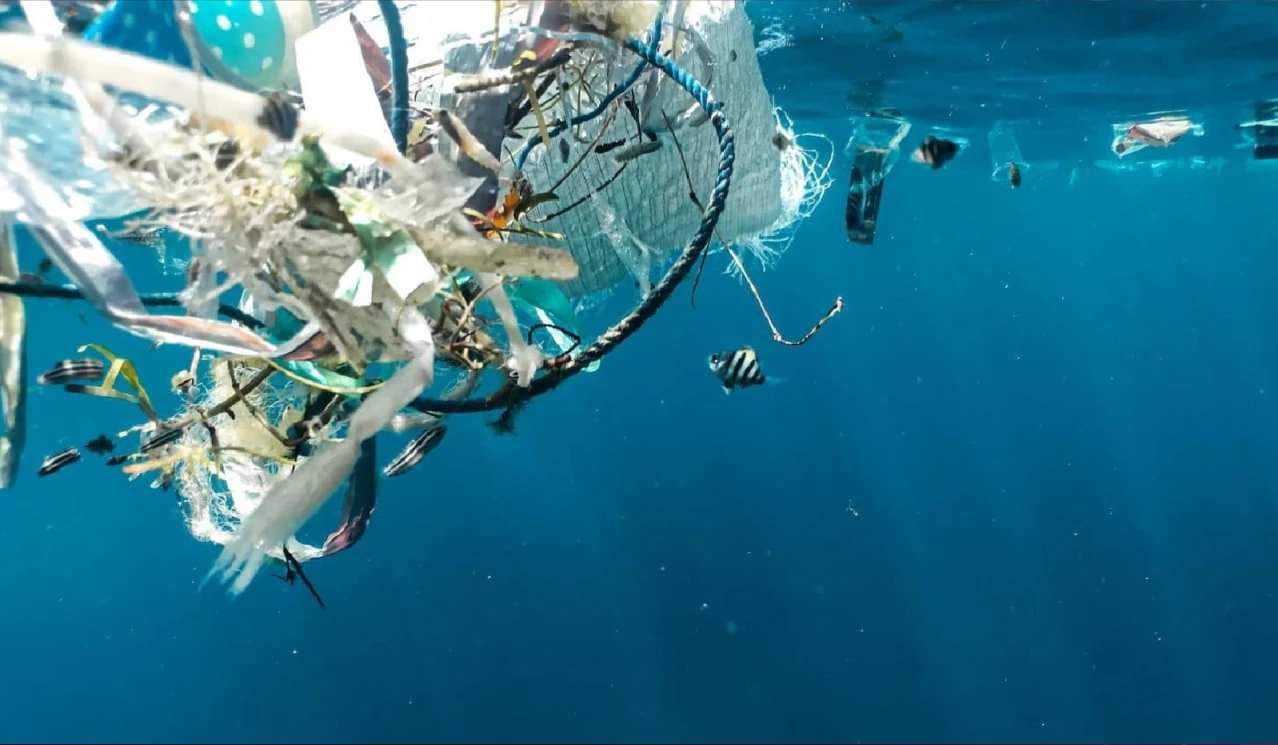A study done by researchers from a UK University found that 21% of the global ocean had become darker between 2003 and 2022, especially in the Arctic, Antarctic, and Gulf Stream region.
What is the Darkening of the Ocean?
- It refers to a reduction in light penetration into the global oceans, shrinking the photic zone.
- The photic zone is the sunlit layer (about 200 meters in depth) where most marine life (nearly 90%) thrives.
- As per the study, the current darkening of the oceans could be due to ecological shifts, potentially driven by phytoplankton and zooplankton blooms.
Reasons behind darkening of the Ocean
- In Coastal Oceans: Combination of nutrient, organic material and sediment loading near the coasts, caused by factors such as agricultural runoff and increased rainfall.
- In Open Oceans: Driven by warming of the surface oceans (leading to algal bloom) and climate-driven changes in the ocean circulation patterns.
Impact of the Ocean Darkening
- Marine ecology and productivity: Ocean darkening limits light-dependent processes such as growth, communication, reproduction, photosynthesis, etc., thus, limiting ocean productivity.
- Fisheries industry: Fish stocks decline due to habitat compression and disrupted reproductive cycles.
- Regulation of climate: hampers carbon absorption and oxygen production, affecting climate regulation.






